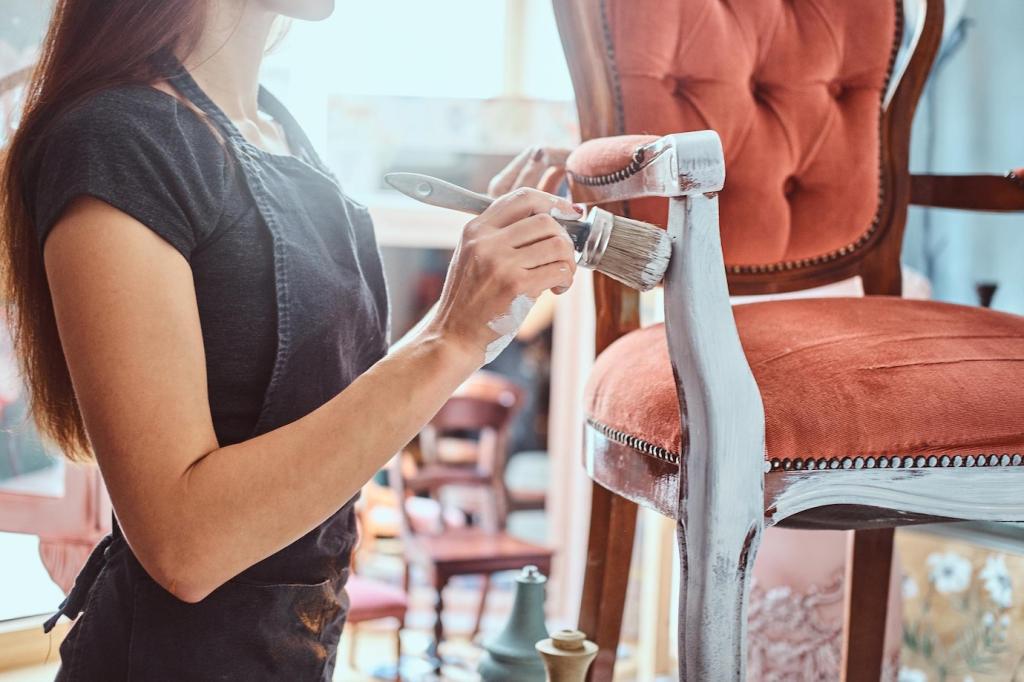
Tips for Identifying Antique Furniture: A Friendly, Field-Tested Guide
Chosen theme: Tips for Identifying Antique Furniture. Step inside for practical, story-rich insights that help you distinguish genuine age from clever imitation, build confidence at fairs and auctions, and enjoy the thrill of discovery. Subscribe for fresh tips, and share your finds!
Reading the Wood and Its Story
Antique woods often display mellowed tones and uneven sun-fade where textiles once draped edges. Look for medullary rays in oak, tight growth rings in early pine, and gentle, honest color transitions, not spray-painted uniformity.
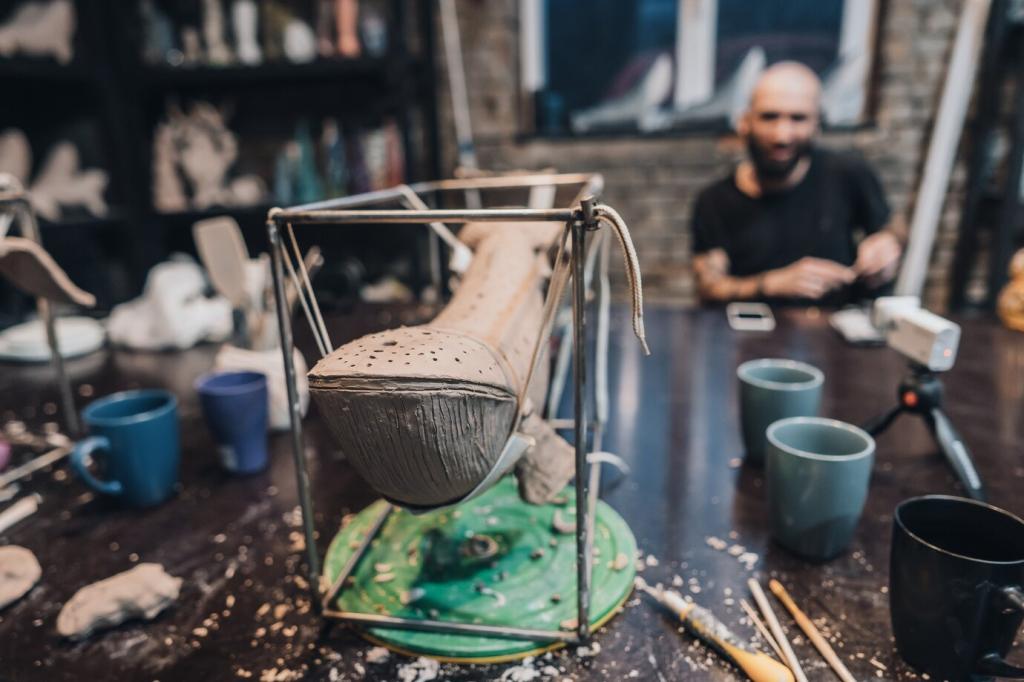
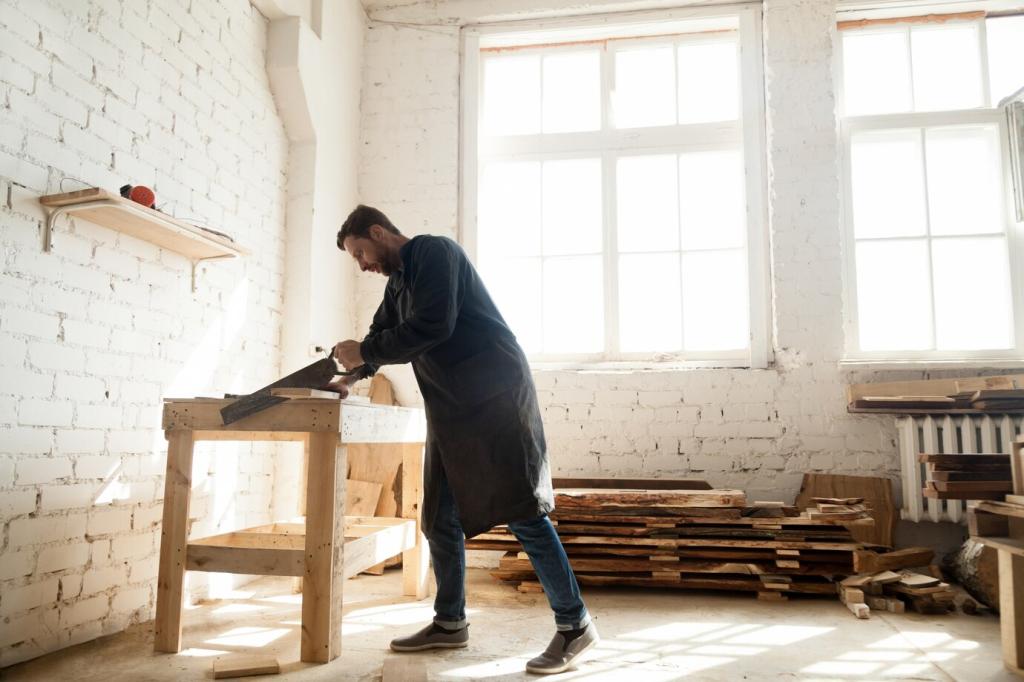
Joinery: Clues Hidden in the Corners
Hand-cut dovetails vary slightly in spacing and shape, with thinner pins sometimes irregular. Machine-cut joints appear uniform and predictable. Peek at drawer sides: tapered, slightly uneven scribe lines often point to genuine handwork.
Joinery: Clues Hidden in the Corners
Early mortise-and-tenon joints may show tiny gaps, wedge ends, or scribe marks. Look for shadow lines where shoulders meet. Precisely flush, glue-heavy modern joints can feel almost too perfect for an eighteenth-century piece.
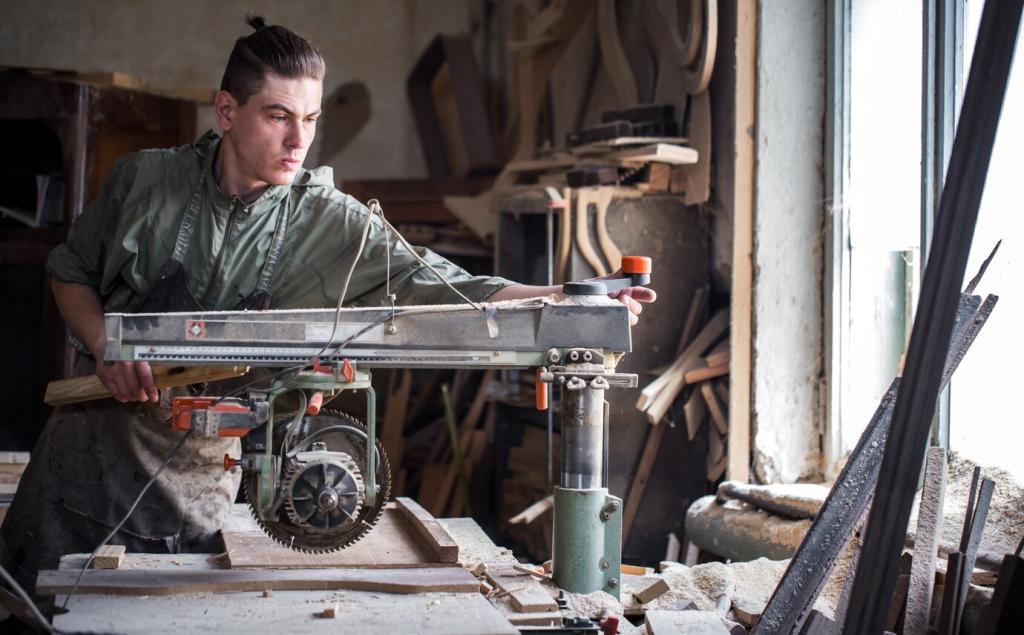
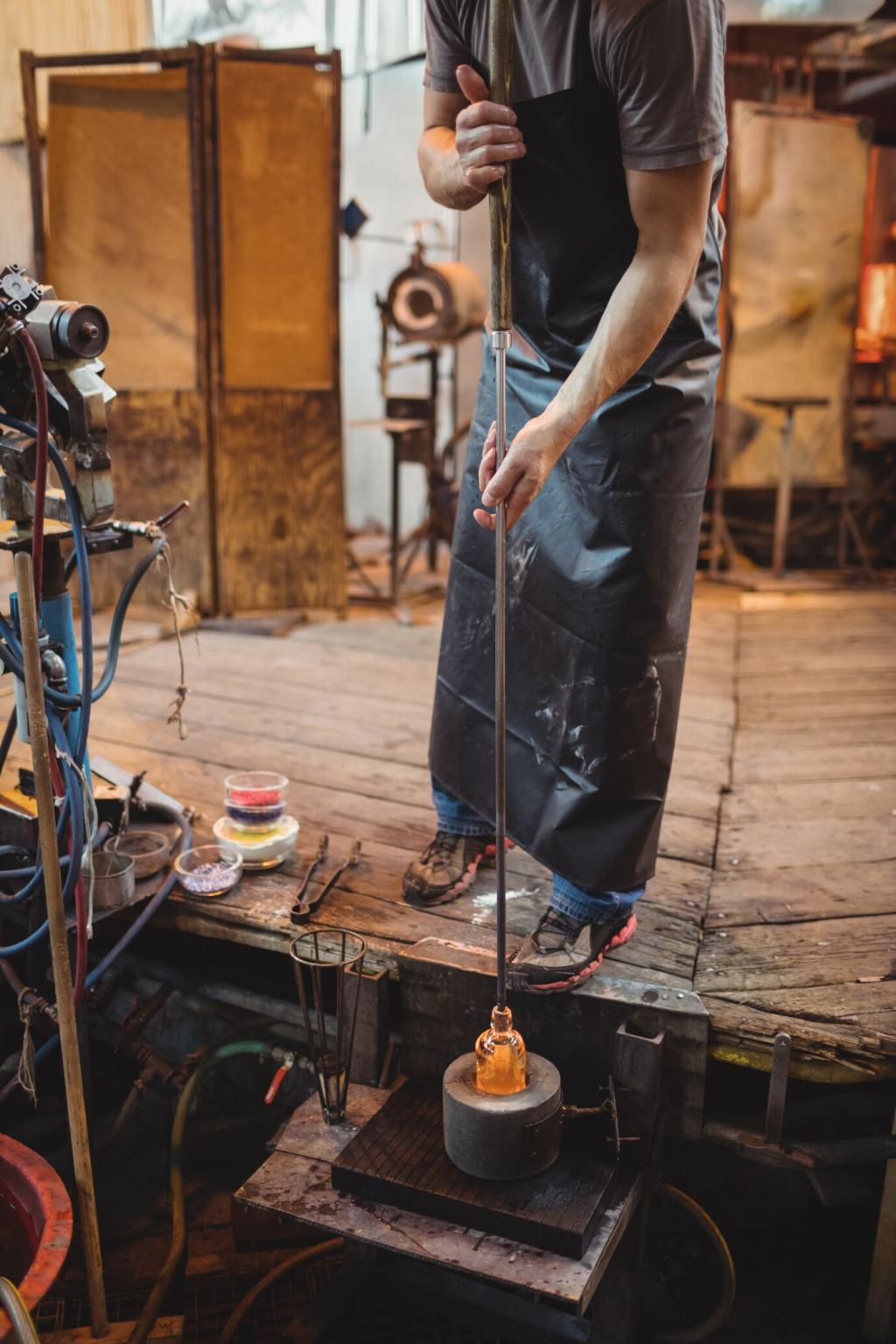
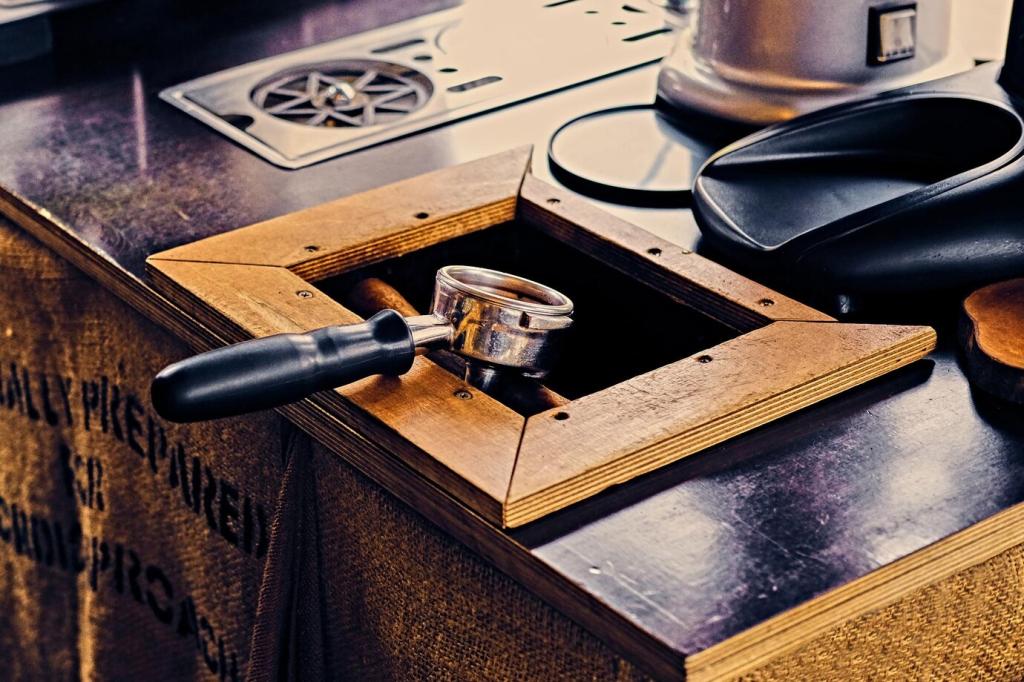
Finish, Patina, and Honest Wear
Look for micro-cracking in old shellac and varnish, soft edges on carvings, and darkened pores from centuries of dust and polish. Perfect, plastic-like sheen often signals a recent refinish or cleverly aged reproduction.
Finish, Patina, and Honest Wear
Brass darkens, iron blooms, and knobs polish where fingers constantly rub. Expect uneven bright spots around pulls and door edges. Uniformly shiny hardware with pristine screw slots can indicate replacements or recent polishing.
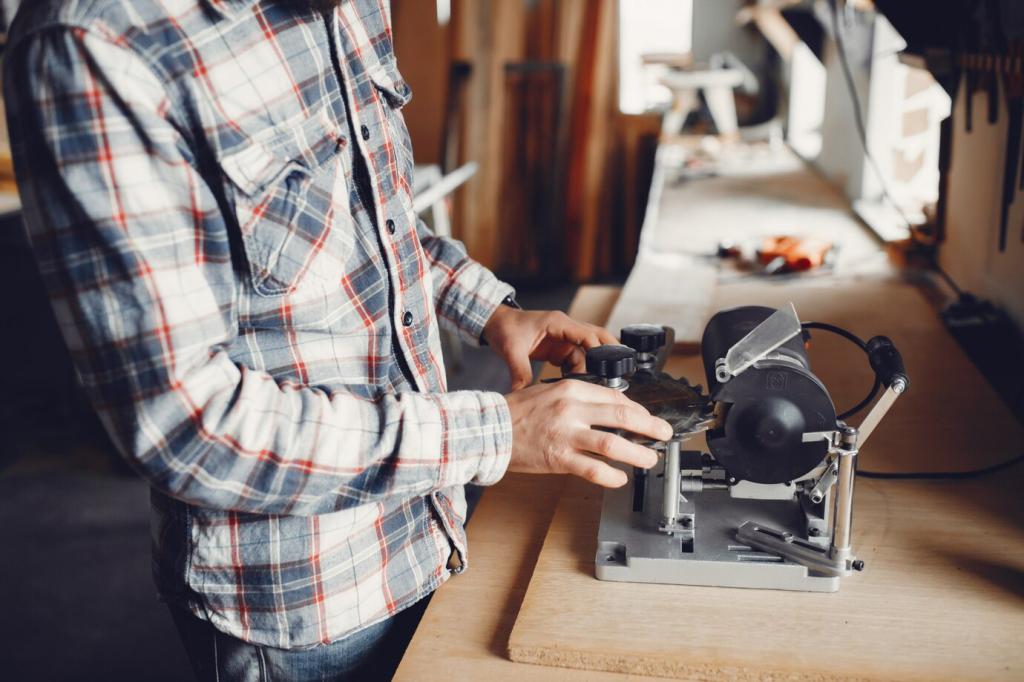
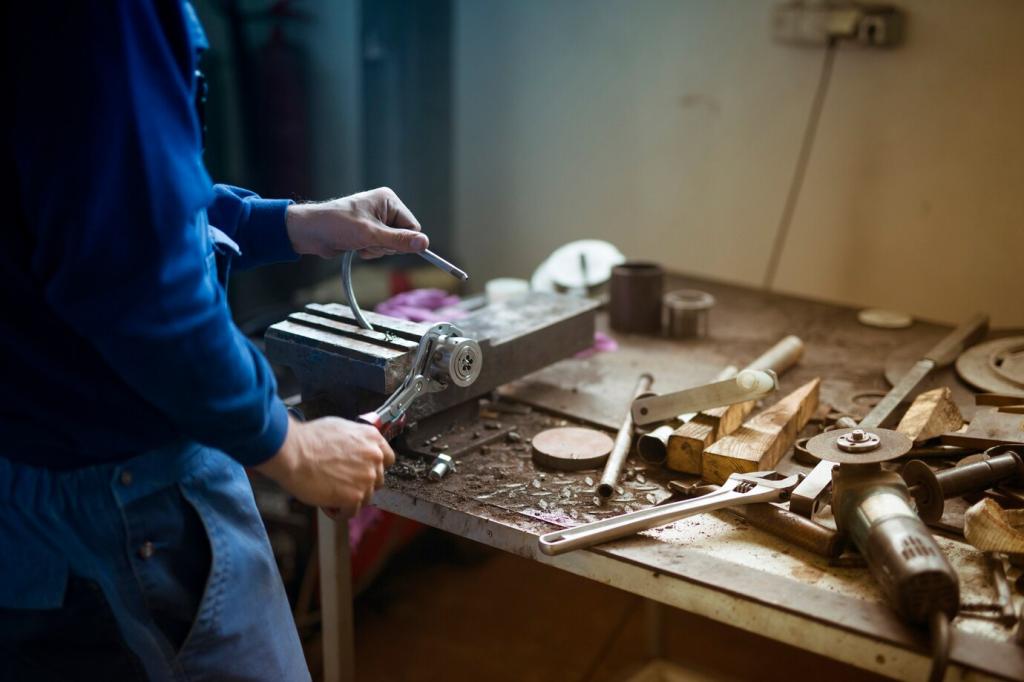
Provenance: Labels, Stamps, and Stories
Inspect the back, underside, and drawer bottoms for paper labels. A store address can date within city-directory years. Beware crisp reprints masquerading as old; genuine paper embrittles, yellows, and adheres irregularly.
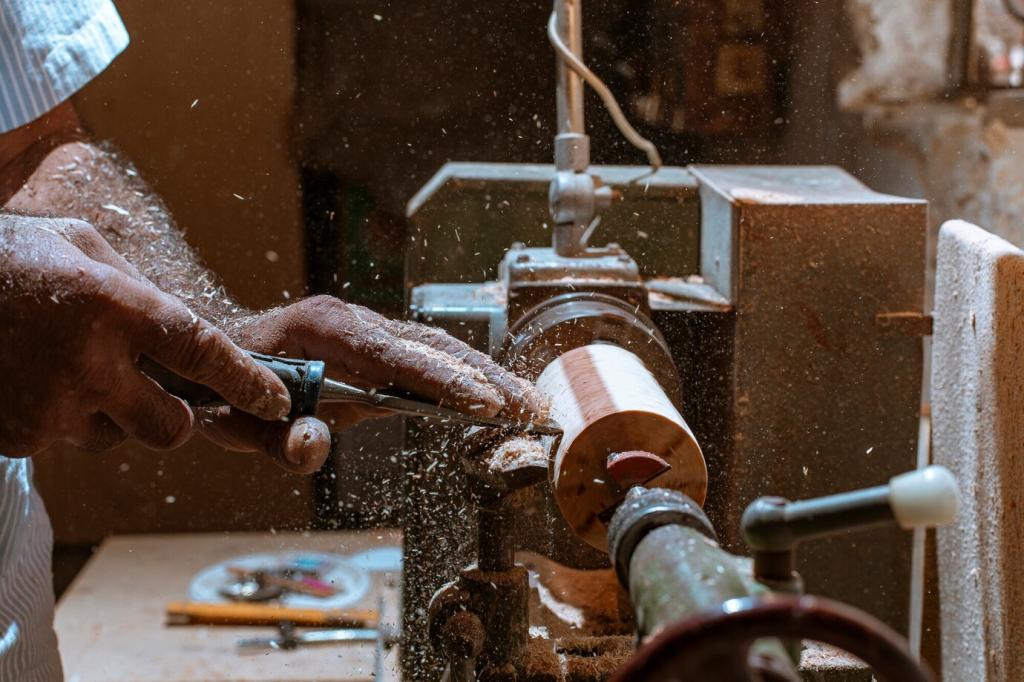
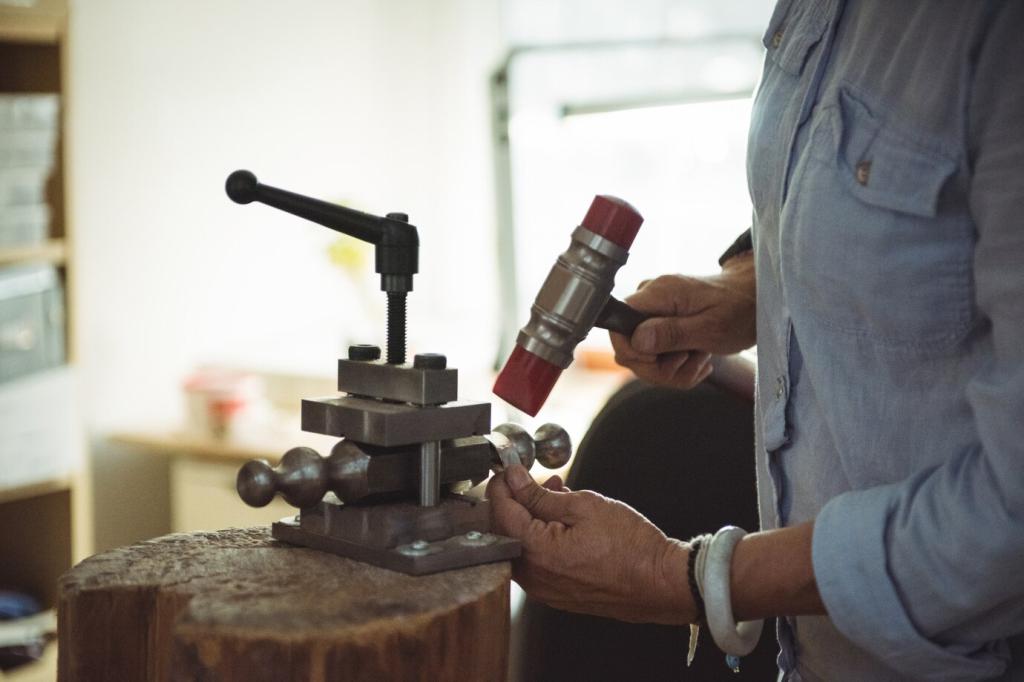
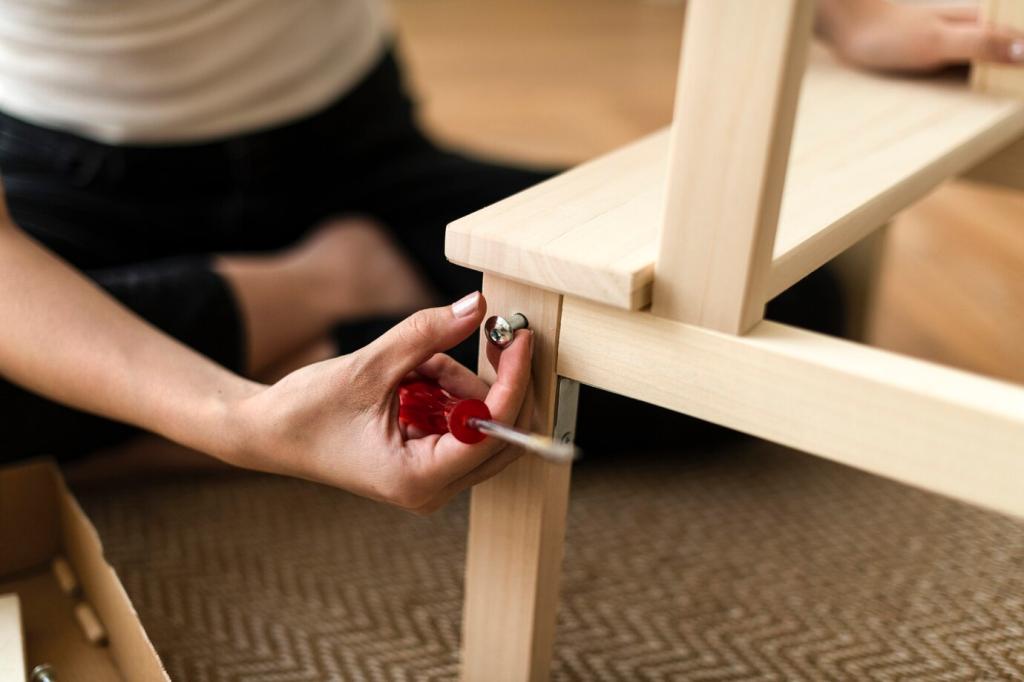
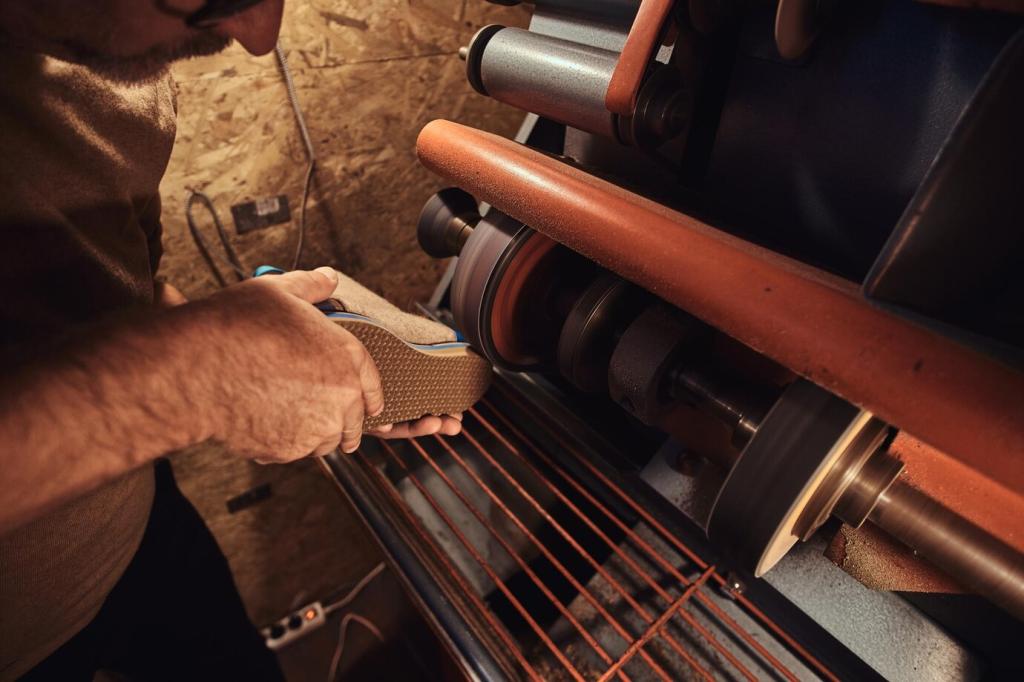
Spotting Reproductions and Misattributions
Machine-drilled wormholes repeat oddly, and distress appears in unlikely locations, like the backs of high shelves. Real insect damage follows grain and avoids hardwood heart. If in doubt, pause, photograph, and ask peers.
Spotting Reproductions and Misattributions
A chair with legs of one period and a later back rail is a marriage. Color mismatches inside joints, different tool marks, and misaligned mortises hint at parts assembled from multiple sources to deceive.
Spotting Reproductions and Misattributions
Build a reference folder: photos of authentic joints, period hardware, and finishes. Compare systematically, note inconsistencies, and seek expert opinions. Join our newsletter for checklists and share your comparisons to help others learn.
